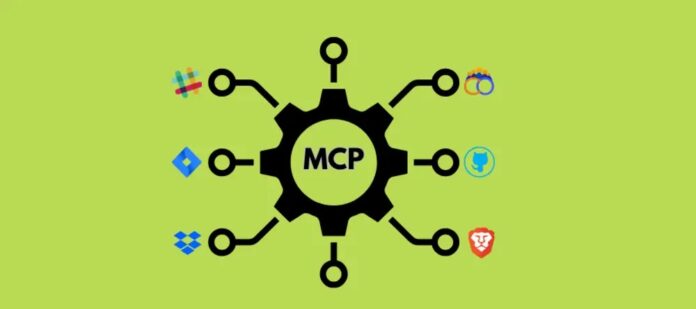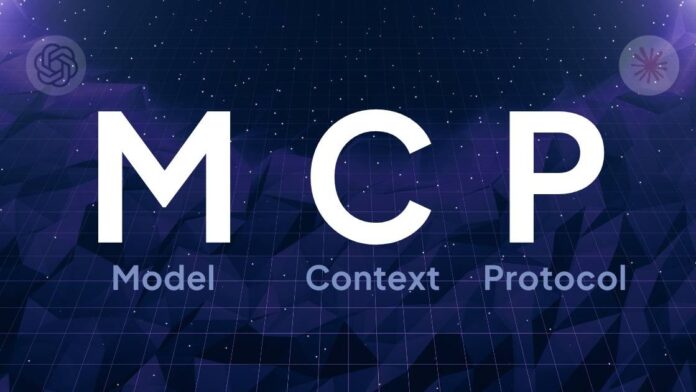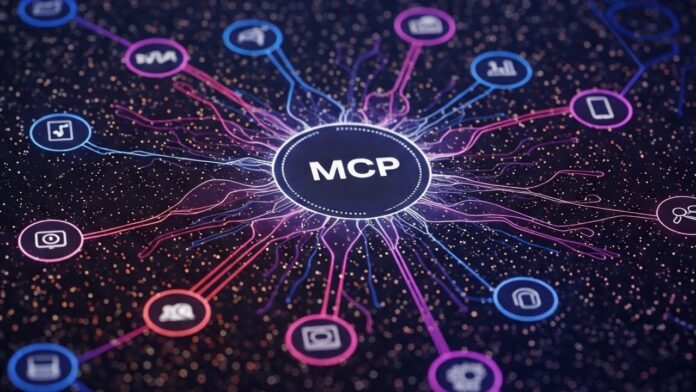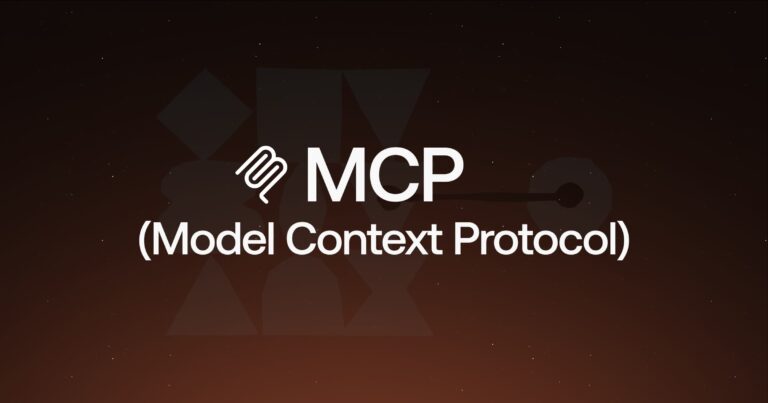Model Context Protocols (MCPs) have become the backbone of how systems interact, exchange, and extend capabilities within AI-driven infrastructures. For professionals evaluating which MCP suits their workflows best, understanding how they compare is key.
This guide breaks down the essentials: where to find current listings, what benefits each type offers, and why MCP-Awesome.com has become a trusted name in this fast-evolving space.
A Centralized View of MCPs Today

The MCP ecosystem is expanding rapidly. Dozens of implementations now address everything from developer extensions to enterprise integrations. A comparison hub provides structure and visibility to this growing network, allowing teams to find compatibility, licensing models, and real-world benchmarks in one place.
Key advantages of having an updated MCP directory include:
- Easy access to verified technical specs and changelogs
- Streamlined decision-making for IT and AI teams
- Transparency about update frequency and support lifecycles
- Reduced duplication of similar MCP functions across projects
Keeping an organized directory ensures that engineers and data scientists can collaborate effectively while maintaining version clarity across multiple models and APIs.
Evaluating the Core Benefits of MCPs

An MCP is more than an interface protocol, it is a standard of trust and communication between models and their environments. By design, MCPs unify multiple processes that otherwise depend on fragmented integrations.
When assessing various MCP options, users typically look at:
- Scalability: How easily can the MCP handle multiple simultaneous calls?
- Security: Are authentication and permission layers standardized?
- Extensibility: Can new modules integrate seamlessly?
- Documentation: Is the onboarding process developer-friendly?
Each criterion affects not just performance but also long-term maintainability for growing organizations.
Did you know?
According to AI infrastructure reports, companies using consistent MCP standards see a 30–40% reduction in deployment errors and downtime.
How Innovation Shapes Modern MCP Development
While the concept of a model communication protocol is not new, recent innovations have redefined how efficiently these systems operate. Many of today’s advancements come from collaborative development frameworks, open documentation, and adaptive interface layers.
A particularly useful resource for those tracking updates and innovation in MCP is the MCP-Awesome platform. It curates the latest advancements, from flexible schema adoption to automatic compatibility validation, making it easier for engineers to stay informed.
The platform’s community-driven insights and use-case examples help reduce the learning curve, especially for teams managing multi-model environments.
This collective innovation continues to push the field toward greater transparency, modularity, and speed – all crucial for real-world AI deployment.
Comparing Leading MCP Implementations

Different MCP frameworks excel in distinct areas. While one may prioritize scalability, another might focus on ease of integration. Below is a simplified reference table summarizing what to look for:
| MCP Type | Ideal For | Key Feature | Update Frequency |
| Enterprise MCP | Large-scale AI systems | Robust permission layers | Quarterly |
| Open-Source MCP | Community projects | Flexible customization | Monthly |
| Lightweight MCP | Startups and developers | Minimal setup time | Bi-weekly |
Each model offers a unique balance of performance and accessibility. Evaluating them through side-by-side comparisons helps teams match protocols to their operational needs and growth pace.
The Role of MCP-Awesome in Today’s Ecosystem
MCP-Awesome stands out because it does more than aggregate data – it contextualizes it. The platform bridges the gap between technical documentation and real-world application. Instead of simply listing updates, it offers performance indicators, reliability ratings, and expert commentary.
Benefits of using MCP-Awesome as your hub include:
- Verified, human-reviewed entries with version tracking
- Easy-to-read comparison visuals and cross-protocol matrices
- Regularly updated community feedback for reliability assurance
- Educational resources that make MCP adoption accessible
For engineers and AI researchers, it functions as both a practical tool and an evolving learning environment.
Why a Structured MCP Directory Matters

Without centralized organization, the MCP field risks fragmentation, something that slows adoption and introduces unnecessary redundancy. An updated comparison hub encourages best practices by making interoperability a default, not an afterthought.
Note:
Standardized MCP documentation has already improved integration efficiency by 25% in enterprise AI systems, according to user-reported metrics.
This shared approach ultimately promotes more reliable development cycles and smoother scaling across model types and environments.
The Future of MCP Comparison and Development
The MCP landscape continues to evolve, with open-source collaboration fueling faster innovation. As AI systems become increasingly modular, MCPs will determine how effectively those systems connect and grow. Platforms like MCP-Awesome are likely to lead this next phase by ensuring every new protocol is documented, verified, and benchmarked transparently.
Consistency, clarity, and collaboration, these are the values shaping the future of MCP development. Having a trusted comparison hub ensures that innovation remains informed, standardized, and sustainable.

